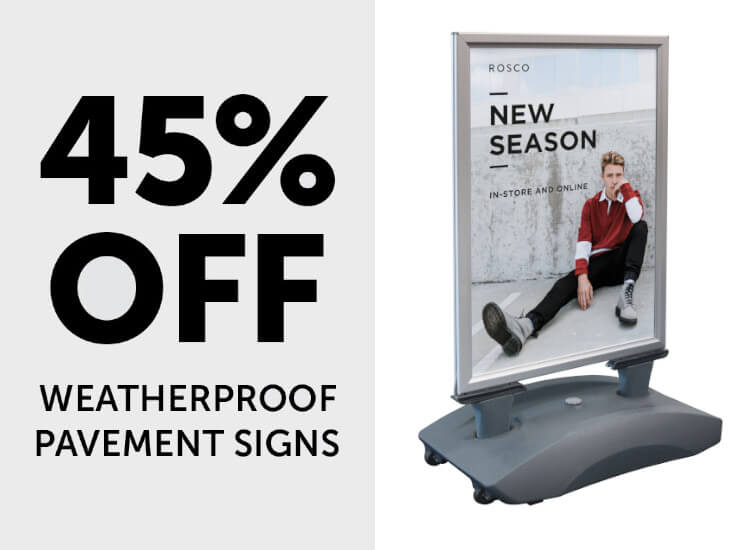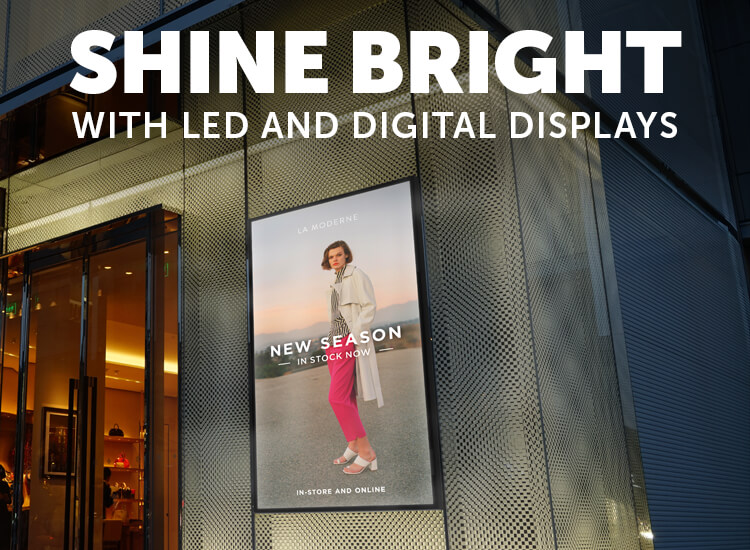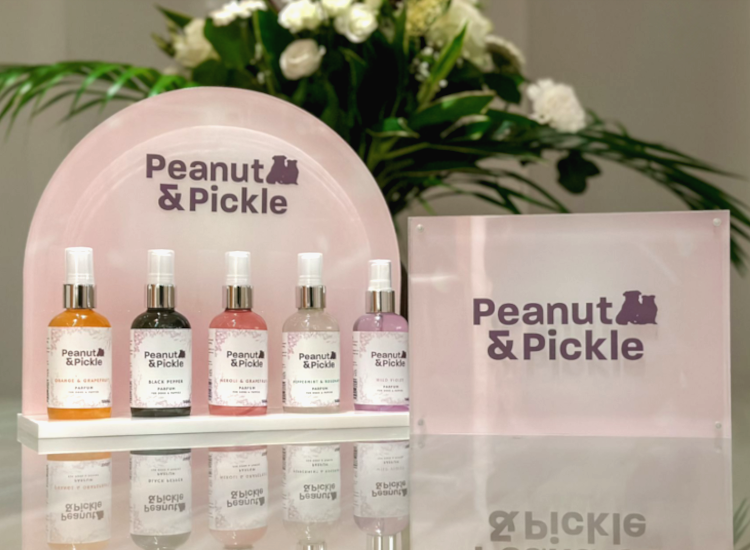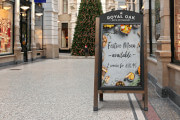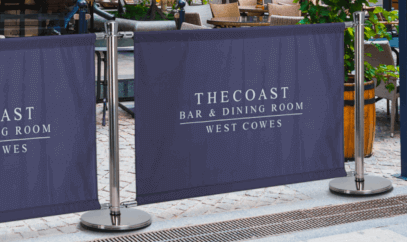The Importance Of Branding For Business

What is branding?
Branding involves the creation and promotion of a company or product image. This includes visual design such as logos, as well as overall messages such as in advertising or store design.
Marketing experts Kotler and Keller define it as giving products and services the strength of a brand [1].
Why is branding important?
Branding your business is a key part of making a memorable impression on consumers. It makes them aware of your products or services, and persuades them to engage with your business.
More benefits of branding:
- Creating a company identity
- Increasing customer loyalty
- Improving brand recognition
- More effective advertising
- Reducing price sensitivity
This article will help you to learn more about building brand identity and brand awareness at your point of sale. Then, check out our other article to discover how logos help your business branding.
What is a brand?
A brand is a group of impressions in the consciousness of the consumer. Companies can reinforce these impressions by strengthening their brand identity.
Brands aren't just limited to corporations, anything can become a brand with the right marketing. Even people can become brands - just think of the Kardashians or the Beckhams. In the same way, a location or lifestyle can also be branded.
Brand identity encompasses colours, logos, customer service quality, product quality, price, purpose and packaging. Brand identity is the collection of messages that these aspects convey about the brand overall.
Ultimately, a brand becomes a brand by having unique characteristics which distinguish it from other companies.
What sets you apart from your competitors?
A successful brand will be aware of and emphasise its USPs (unique selling points). This is reflected in the brands' corporate visual identity. Creating a strong corporate visual identity is an important step on the way to building brand awareness.
How to build brand identity and increase brand awareness
- Brand recognition:
Also known as "aided recall," this means that people can recognize a brand. They can identify it when they see a product or its packaging. Typically, a larger number of consumers are able to recognise brands than they are to recall them. - Brand recall:
Also called “spontaneous” or “unaided” recall, this means people can remember a brand in relation to a product category. If brands are quickly and easily recalled, this is a good indicator of success.
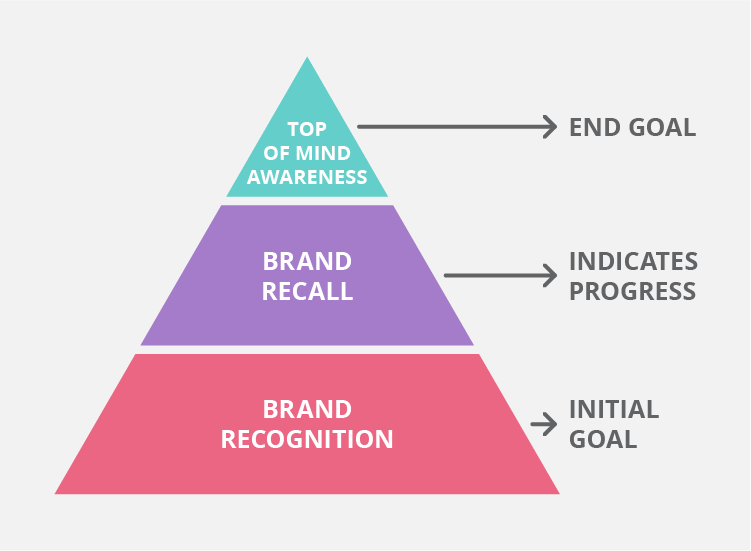
- Top-of-mind awareness:
This means being the first company a customer thinks of when asked about a product category, such as coffee. It can take years to build such a high level of brand awareness.
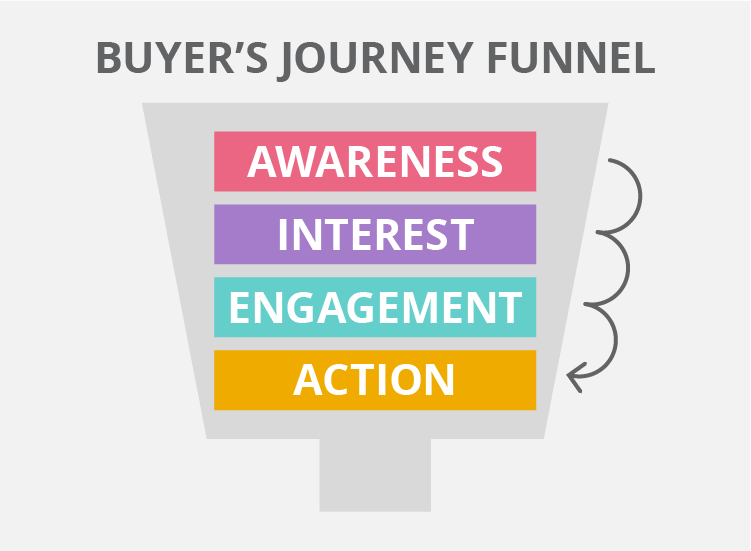
Building brand awareness is the first step in the buyer's journey. It creates interest in consumers and encourages engagement.
Brand awareness is what leads customers to act and purchase a product or service.
This engagement can go on to build customer loyalty and repeat purchases. Therefore, strong point of sale branding is key.
Brand recognition is great – who doesn’t want consumers to recognise their branding? A good marketer, however, will realise that recognition is not enough. Brand recognition is a stepping stone on your branding journey. The ultimate goal for businesses is top-of-mind awareness.
How to build a brand identity with a branded display
Your POS provides a great opportunity to strengthen brand impressions. Ensure your branded displays include your company logo in multiple different locations and in different sizes.
Make sure your custom POS displays feature colours and textures that are unique to your company. Include images of products and supply extra information such as pricing, where possible.
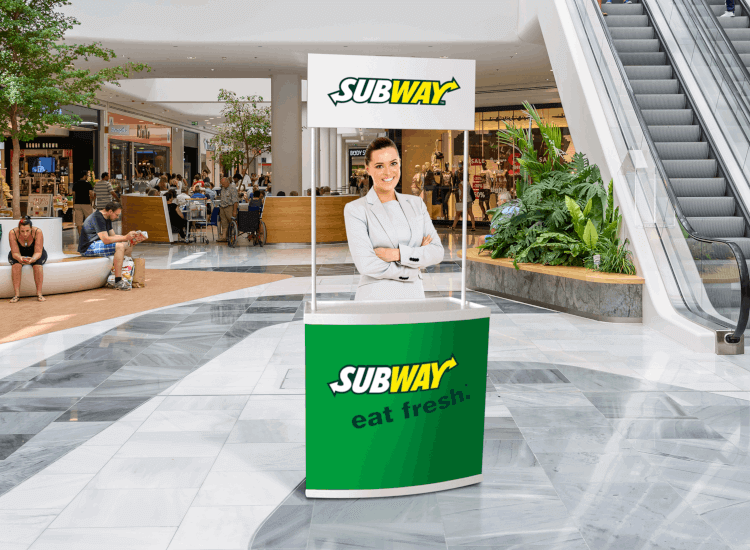
Customers respond well to consistent branding as it provides repetition and familiarity. This builds trustworthiness and recognition.
Consistency enhances store atmosphere and product quality. It demonstrates a company’s faith in itself and in its brand message. Branded point of sale displays and custom printed display units are a quick and easy way to build consistent branding.
Remember that branding can come from your customer service and store decor, as well as website design and social media presence. Think about how all these aspects can work together to create your overall brand identity in people's minds.
Branded point of sale products
-

Clear Acrylic Display Block
AB92 In stockFrom: £3.41 ex. VATView -
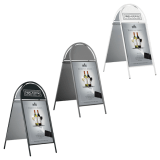
A1 Rounded A Board with Magnetic Cover
ABM2 In stockFrom: £118.00 ex. VATView -
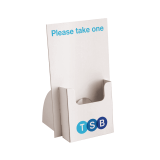
Cardboard Leaflet Holder
TLL In stockFrom: £1.65 ex. VATView -
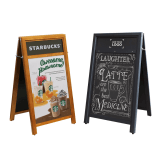
Chalkboard Wooden A Board with Poster Holder
ABC7 In stockFrom: £139.00 ex. VATView
How to build brand awareness using a branded display
A logo is the quickest way to develop your brand identity and to build brand awareness. They stand out in our memories in the same way that jingles do in TV adverts. Our brains can identify images in as little as 13 milliseconds, a study conducted by MIT shows [2].
A good logo, along with quality services and strong advertising, helps a company survive and succeed. Some of the most successful and long standing brands have logos which date back hundreds of years. Therefore, investing some time, thought and money in logo design can be well worth it.
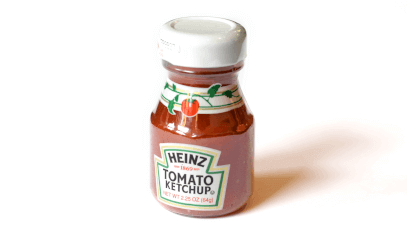
The classic and easily identifiable Heinz wordmark logo has remained largely unchanged, for over 150 years.
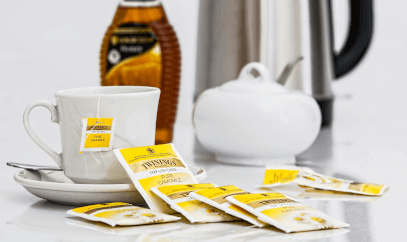
The Twinings Tea logo is a great example of longevity. Created in 1787, it’s one of the world's oldest logos still in use.
Build your expertise on why logos are a crucial part of branding your business »
Easily add your branding to these displays:
-

Bespoke Printed Shelf Edge Infill Strips
INF In stockFrom: £1.89 ex. VATView -

Slatwall Shoe Shelf with Ticket Holder
SWT In stockFrom: £5.34 ex. VATView -

Clothes Rail Card Holder
RCH In stockFrom: £2.65 ex. VATView -
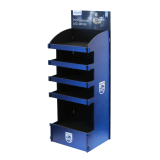
Free Standing Display Unit
FSD In stockFrom: £255.00 ex. VATView

